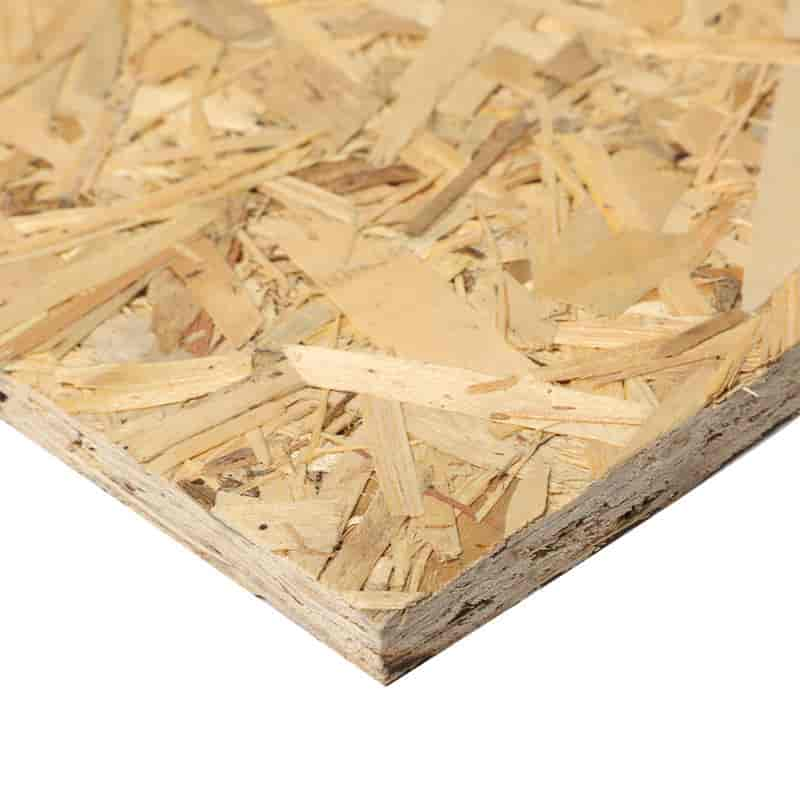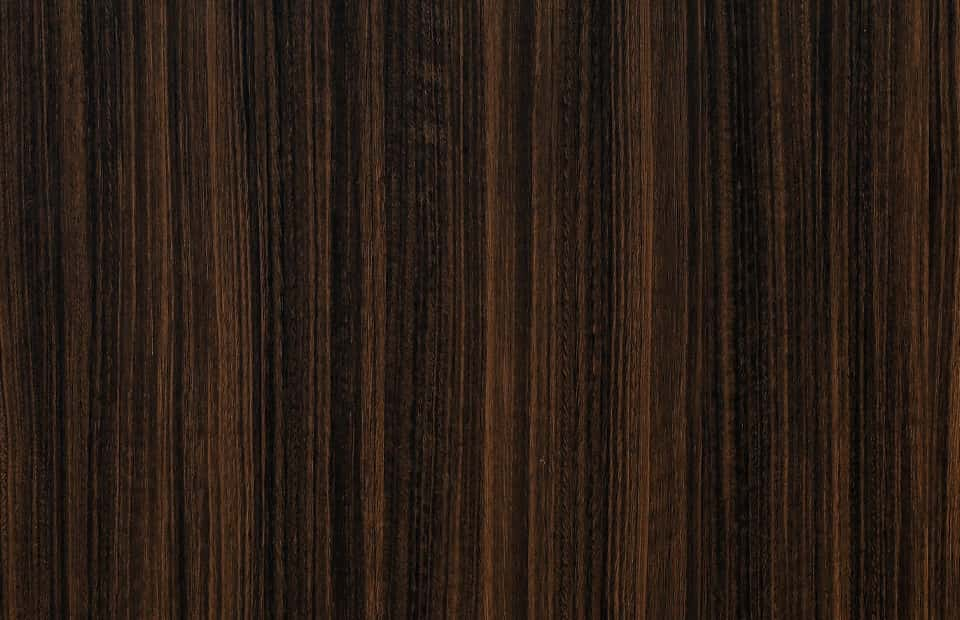OSB, or oriented strand board, has become a prominent material in construction due to its strength, versatility, and affordability. This engineered wood composite consists of thin, flat strands that are layered perpendicularly and glued together under high pressure. The result is a sturdy yet lightweight panel ideal for a wide range of tasks.
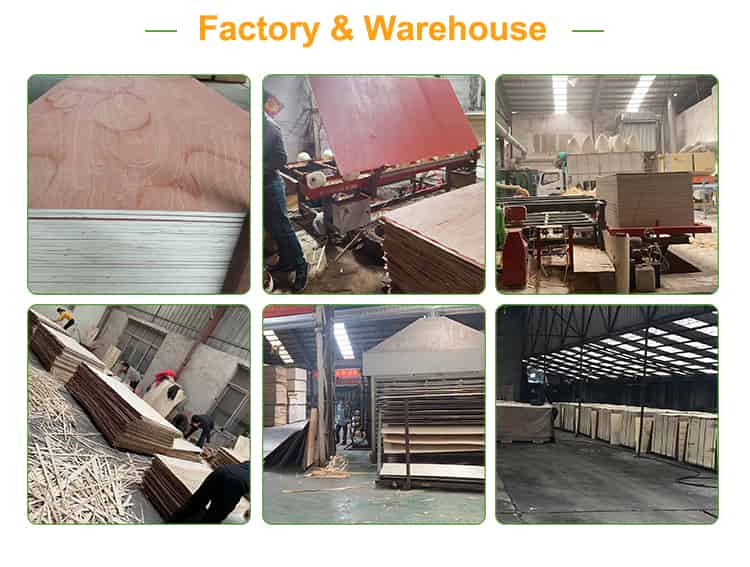
One primary application for OSB wood lies in the realm of construction. Many home builders choose OSB sheathing as it provides a stable base for walls, contributing to the overall structural integrity of a building. Additionally, OSB can be used for roof decking, floor systems, and subfloors. Its resistance to warping makes it a reliable choice for areas exposed to moisture.
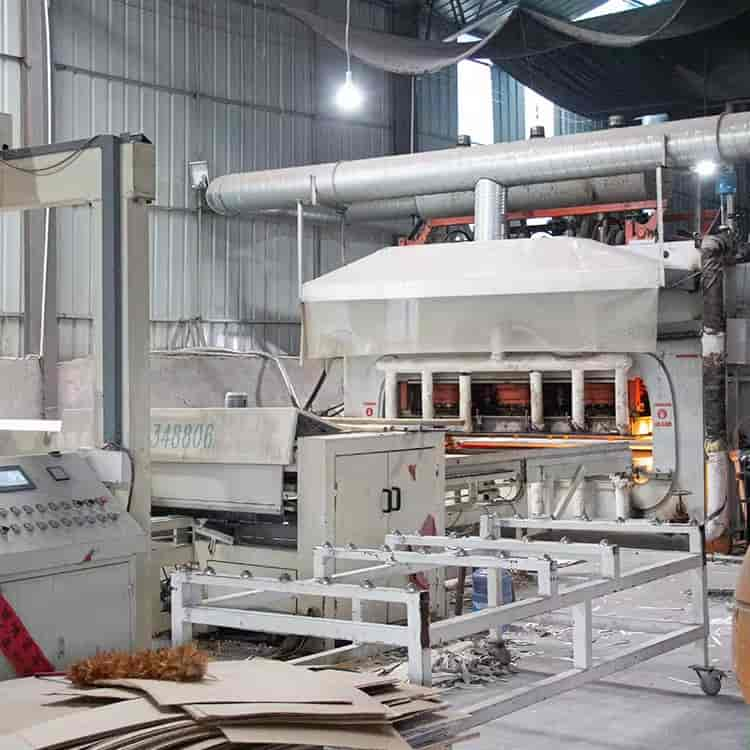
Another significant use case for OSB is in the creation of furniture and cabinetry. The material’s durability and ease of cutting and shaping make it a popular choice for DIY projects and commercial manufacturing alike. It is not uncommon to find OSB being used for bookshelves, storage units, and even computer desks, especially when painted or veneered to enhance aesthetic appeal.
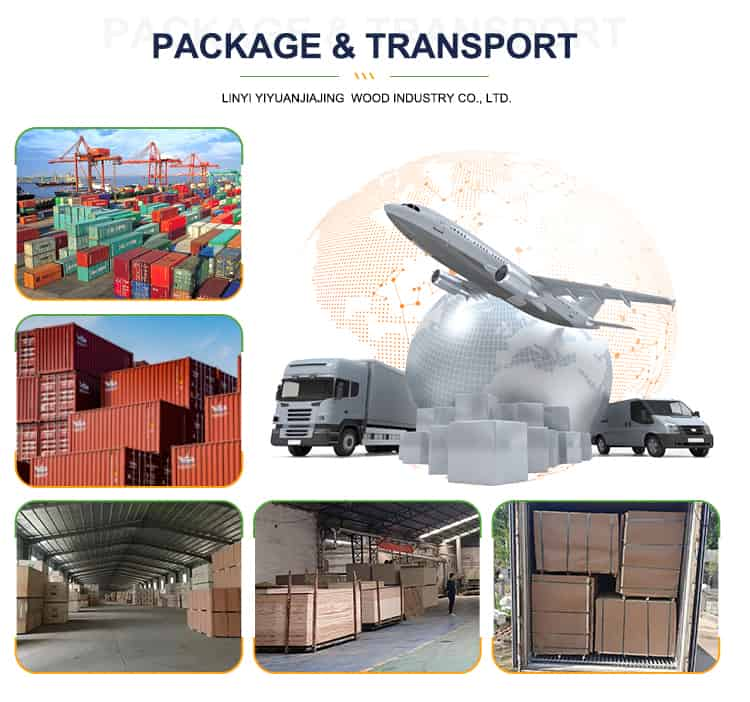
When considering the thicknesses of OSB boards, options such as 7/16 inch and ½ inch offer different levels of rigidity and load-bearing capacity. A 7/16 inch OSB, for instance, is commonly used for interior applications like wall panels or as a base for flooring underlayment. On the other hand, a ½ inch OSB board is suitable for more demanding tasks such as subfloors, due to its increased thickness and sturdier composition.
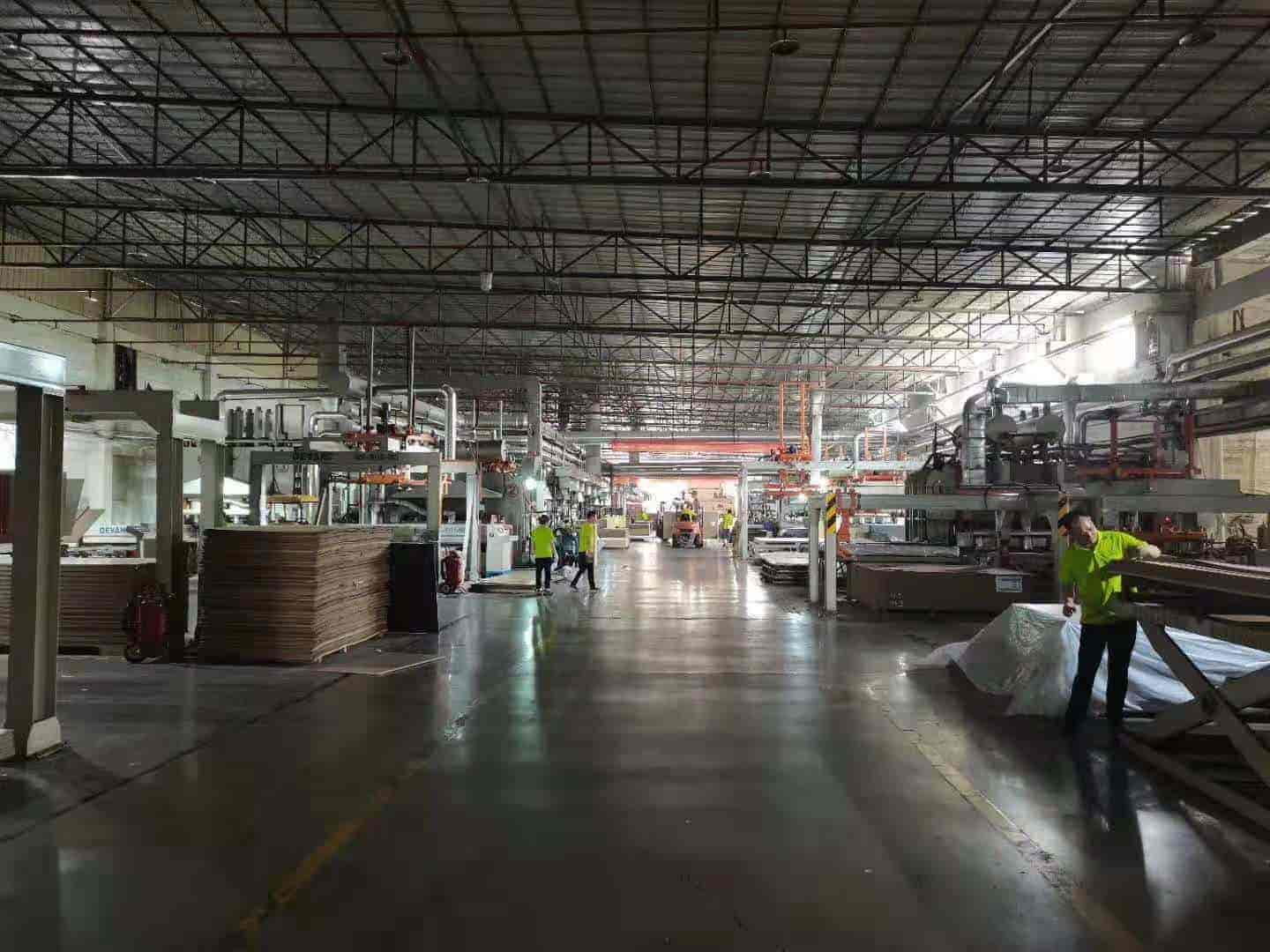
In comparison to plywood, another popular panel product, OSB offers a more economical solution while still maintaining competitive strength properties. Plywood often features a smoother finish, making it preferable for situations where appearance is a priority. Conversely, OSB’s rougher surface works well when it will be covered by drywall, tile, or other finishes.

The availability of OSB in various sizes also allows for customization to specific project requirements. From small scale crafting to large scale construction, the dimensions of OSB boards can cater to diverse needs. For example, in the agricultural sector, OSB is sometimes used for constructing animal enclosures and garden sheds.

Furthermore, OSB has been increasingly utilized in the world of green building. Its compatibility with earth-friendly building practices and its ability to be sourced from sustainable forests align with eco-conscious building initiatives. In addition, some manufacturers offer formaldehyde-free OSB products, which reduces indoor air pollution and improves indoor air quality.
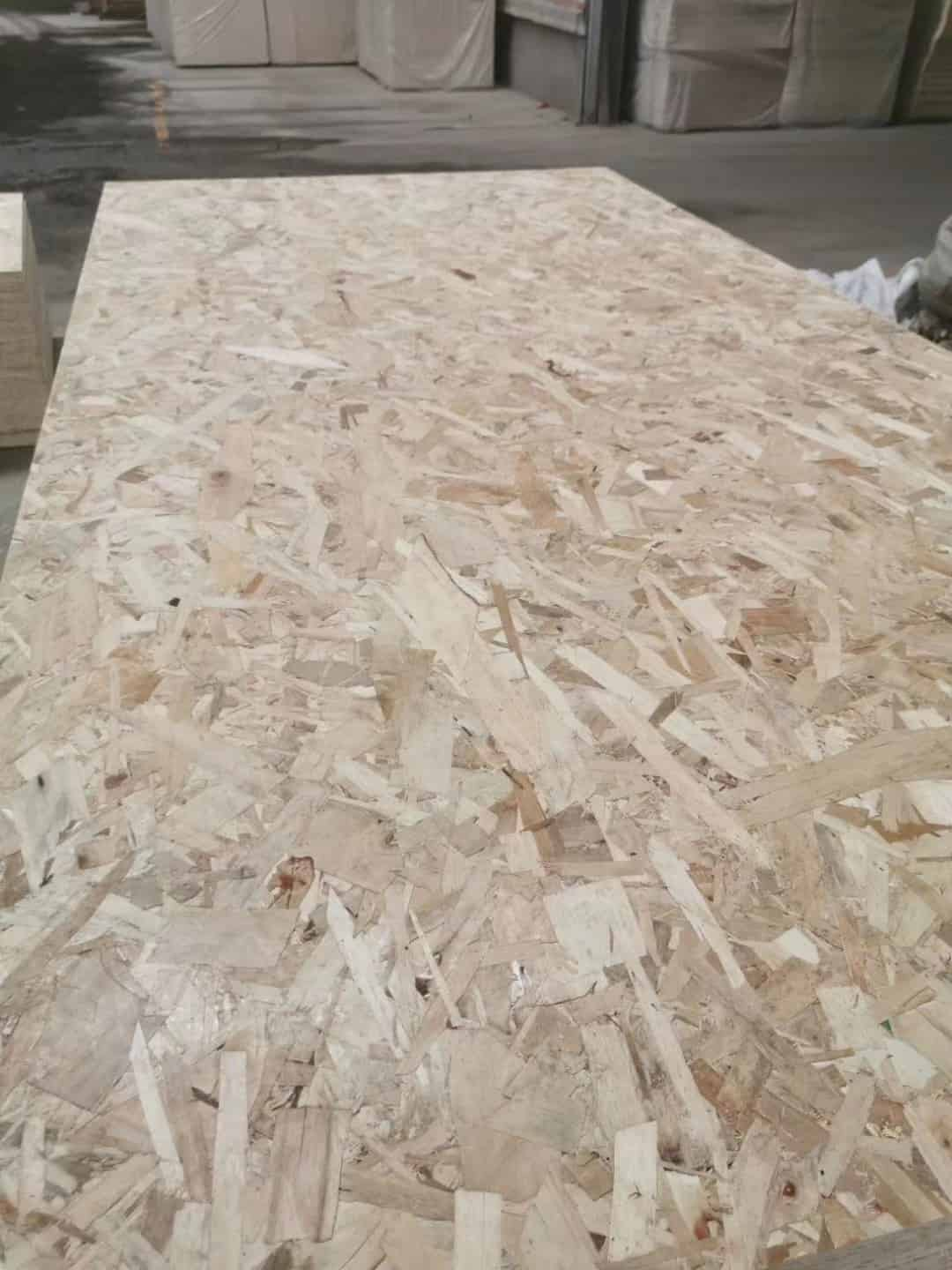
In conclusion, OSB wood serves as an adaptable building block across numerous fields. Whether it’s providing structural support in residential construction, serving as the foundation for furnishings, or supporting eco-friendly architecture, OSB’s characteristics enable it to be a staple in both traditional and innovative building solutions. As such, understanding the multifaceted uses and benefits of OSB can unlock its full potential for any project at hand.
